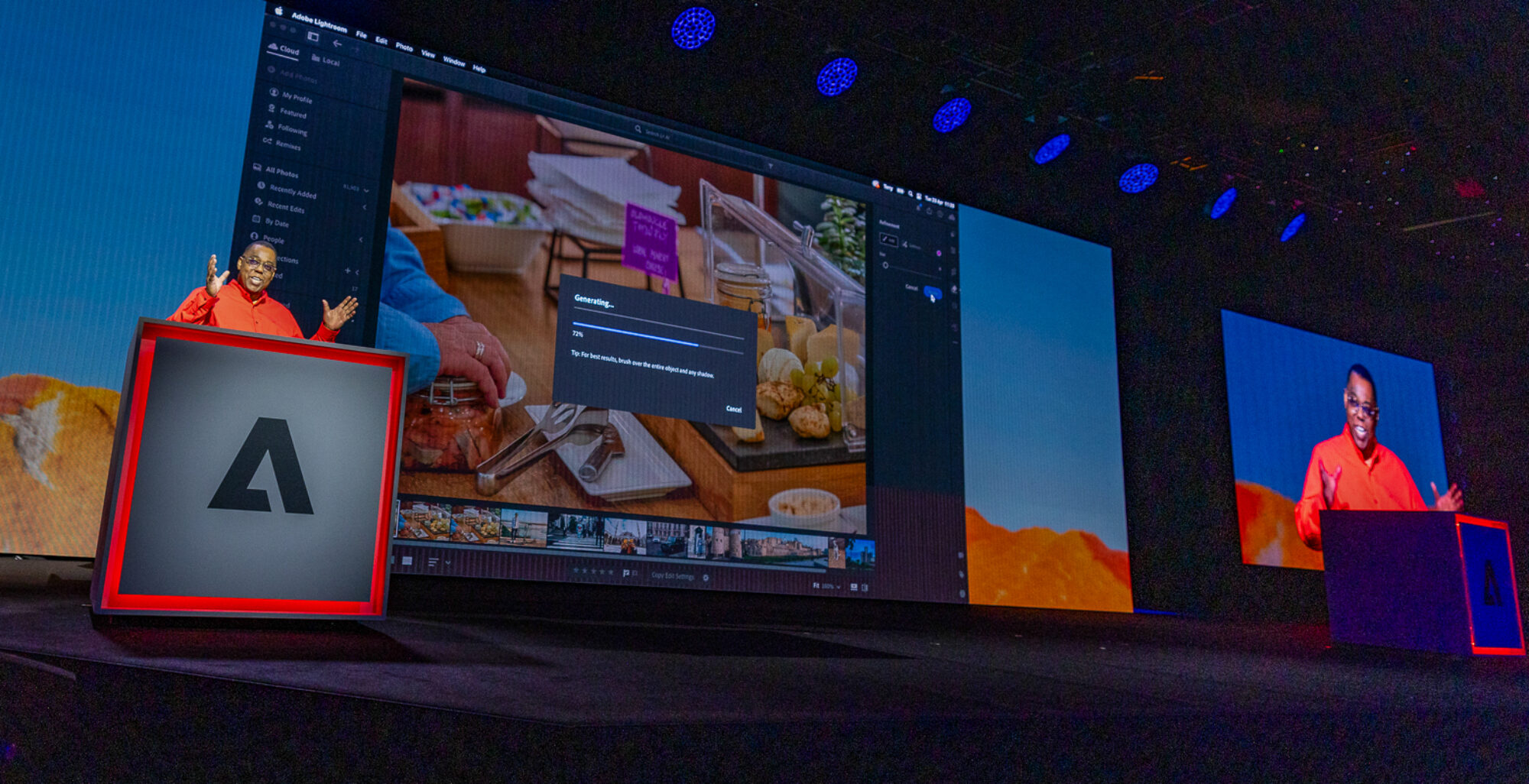Understanding the Rise of Side Computing in Today's Digital Globe
In the swiftly progressing landscape of modern technology, edge computing becomes a critical pressure, reshaping exactly how data is processed and made use of. This paradigm change is driven by the spreading of IoT gadgets and an intensifying demand for instant information processing. By transitioning information management closer to the resource, side computer addresses critical latency problems while enhancing data transfer use and enhancing security actions. As markets pivot towards smarter, a lot more efficient systems, understanding the subtleties and effects of this technological development becomes necessary. What does this mean for future innovations and the digital environment all at once?
What Is Side Computing
Edge computing, although a reasonably current improvement in the realm of technology, essentially changes exactly how information is processed and taken care of by bringing calculation and data storage space closer to the location where it is required. Unlike traditional cloud computing designs, which usually rely on centralized data centers that can be geographically far-off, edge computing decentralizes data handling. This distance minimizes latency, improves real-time information processing, and boosts the general individual experience by ensuring faster feedback times.
At its core, side computer entails a network of local tools and facilities, such as gateways, sensors, and routers, with the ability of refining information at or near the resource. This local processing capacity is especially important for applications calling for instant data evaluation, such as self-governing cars, commercial automation, and wise cities. Furthermore, by unloading data handling tasks from central web servers, side computing reduces bandwidth demands and improves information privacy and safety, as sensitive info can continue to be on-site rather than passing through considerable networks.

Key Drivers of Adoption
Several elements are pushing the fostering of edge computer in today's electronic landscape. One of the main chauffeurs is the exponential boost in connected gadgets, usually referred to as the Internet of Points (IoT) This rise develops large quantities of information that require to be refined swiftly and successfully. Side computing addresses this need by allowing data processing closer to the data source, lowering latency and boosting real-time decision-making abilities.
Another substantial vehicle driver is the need for improved transmission capacity effectiveness. Centralized cloud systems can become overwhelmed with the large volume of data generated by IoT tools, resulting in bottlenecks (Best tech blog). By processing information at the side, companies can alleviate network congestion and boost general system performance
Furthermore, safety and personal privacy worries are pressing organizations toward side computer. By processing sensitive information locally, companies can mitigate dangers associated with information transmission and direct exposure to possible cyber dangers.
The increase of applications needing real-time handling, such as independent cars and increased reality, also requires the fast action times that border calculating provides. Collectively, these drivers are making side calculating an indispensable component of modern IT facilities, paving the way for its prevalent fostering across numerous markets.
Benefits Over Cloud Computing
Exactly how does side computer distinguish itself from typical cloud computing? Mainly, edge computer brings data processing i was reading this closer to the resource of data generation, commonly on neighboring web servers or regional tools, rather than relying on centralized information.
Additionally, edge computing boosts bandwidth performance (Best tech blog). By refining information in your area, only the necessary data is transmitted to the cloud for further evaluation or storage, decreasing the volume of information that goes across the network. This not just relieves network congestion yet additionally decreases data transmission prices
Side computing additionally provides enhanced data privacy and protection. Sensitive data can be processed in your area without being sent out to the cloud, lessening the exposure to prospective cyber threats. This is specifically advantageous for markets dealing with confidential details, such as medical care and monetary solutions.
Additionally, edge computer guarantees higher resilience and reliability. Regional handling enables continued procedure my response even when connection to the cloud is compromised, preserving vital features and solutions in spite of potential network interruptions. These benefits jointly demonstrate edge computer's transformative potential in optimizing performance and safety and security in electronic ecological communities.
Obstacles and Considerations
While edge computing provides numerous benefits, it additionally presents one-of-a-kind difficulties and considerations that have to be addressed to fully recognize its potential. Additionally, handling and keeping track of a decentralized network of edge devices can be complex, requiring sophisticated devices and approaches to make sure seamless operation and upkeep. Best tech blog.
Another consideration is the scalability of edge computing options. As the number of connected gadgets grows, so does the demand for refining power at the edge, which can cause resource constraints. Organizations must thoroughly prepare their facilities to accommodate read the full info here this growth without jeopardizing performance or efficiency.
Interoperability is an additional essential variable. With various software and hardware elements entailed, making sure compatibility and seamless assimilation can be difficult. Standardization efforts are vital to help with communication in between disparate systems.
Future Patterns in Edge Computer
Preparing for the future, side computer is poised to revolutionize different markets by making it possible for quicker information processing and minimizing latency. As the quantity of information generated by IoT gadgets continues to expand, side computer will end up being increasingly vital in managing this increase efficiently.
One more emerging trend is the development of edge-native applications created particularly to take advantage of the special abilities of side computing. These applications will optimize efficiency and source utilization, leading to raised efficiency throughout various sectors. Additionally, improvements in 5G innovation will even more boost side computer by providing the necessary infrastructure for high-speed, low-latency communication between gadgets and side nodes.
Verdict
Side computer's increase is driven by the proliferation of IoT tools and the requirement for real-time data handling, which boosts effectiveness by reducing latency and decentralizing data administration. This strategy minimizes transmission capacity ineffectiveness and safety and security concerns, helping with developments in applications like autonomous vehicles and smart cities. Despite challenges such as facilities intricacy and assimilation, the future of side computing guarantees an extra responsive digital environment, with proceeded technologies shaping its evolution and increasing its applicability across sectors.
Edge computing, although a fairly recent innovation in the realm of modern technology, fundamentally changes exactly how information is processed and handled by bringing calculation and information storage closer to the place where it is required. Unlike typical cloud computer models, which usually rely on centralized data facilities that can be geographically remote, side computing decentralizes data handling. In addition, by unloading information processing tasks from central web servers, side computing lowers data transfer demands and improves data personal privacy and safety, as sensitive information can remain on-site instead than traversing considerable networks.
